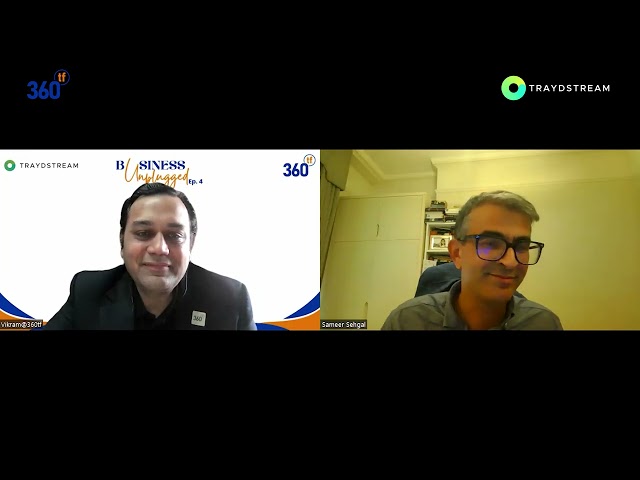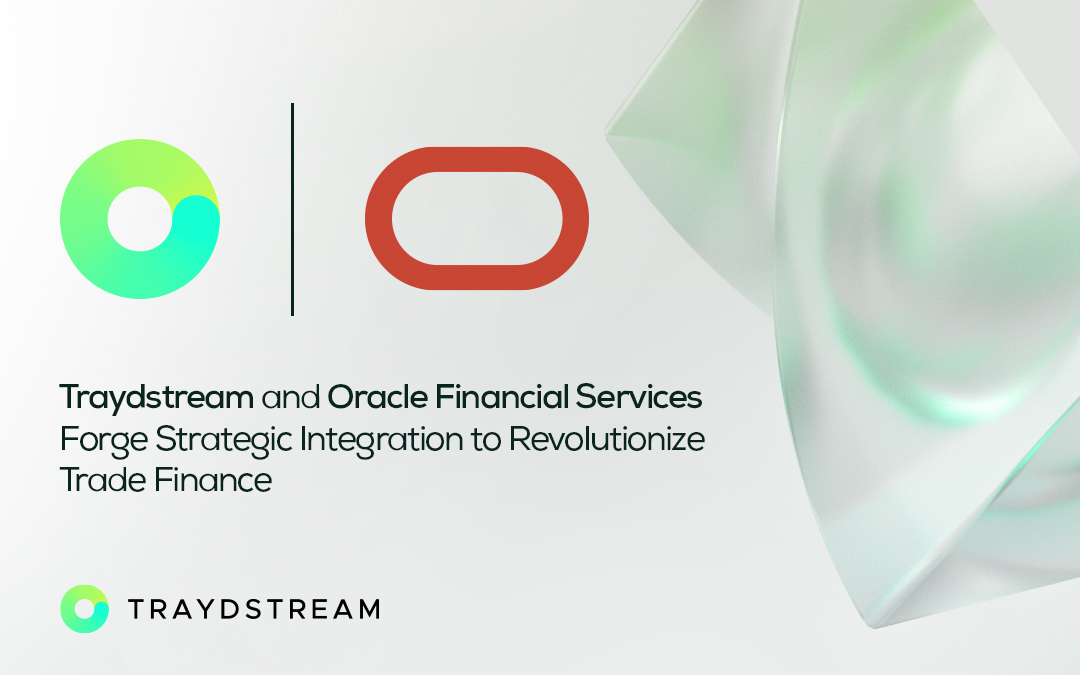
The recent plight of Silicon Valley Bank has brought a lot of attention to what has really been happening for a few years now.
Investors placing big bets on the future, entrusting their LLP’s hard-earned funds with visions of the future and innovation to challenge the status quo – promising trailblazing AI and Machine Learning code that will transform their industry and promise returns in the double digits!
The ‘tech’ frenzy
The trend to use the word ‘tec’ after each industry type has created a superfluity of categories … fintec, regtech, edtec, medtec, proptec, and the list goes on!
Whatever the business space, in the end, I firmly believe business is business, and ultimately, everyone wants to see how a business can sustain itself to avoid remaining on permanent ‘life-support’ from investors.
The timeframe (read runway) typically depends on the investor appetite, ambition, and the market (to an extent). However, as investors become more focussed on detailed strategy, KPI’s and the bottom line, recent investment philosophies centred around market share and top-line growth appear to be questioned and re-considered. The rapid SVB downfall and the recent lack of confidence with other regional US banks only spooks the market further as investors go long on cash, taking a more considered approach to investing. The FOMO sentiment appears to have moved and perhaps a better acronym may be FOLA (Fear Of Losing it All)!
Pace of change
There is an argument that we may have lost some perspective over the last decade with the exponential growth of disruptive technology businesses like Uber and Facebook where the business model was always about capturing market share and growth at all costs but even their business models must have shown some convergence to profit at some point and we are now seeing more scrutiny around these models!
It fascinates me that we learnt nothing from the dot com bubble in the early noughties. The last few years have seen crazy growth in the tech space fuelled by incredible AI solutions proven to perform operations more consistently than a human. Things we never thought possible are now achievable, resulting in multiple used cases for tech across multiple industries. Strange to say this but outsourcing (BPO) operations to low-cost regions suddenly feels outdated – how the pace of innovation changes things! And this new concept of ‘friend-shoring’ is driven for political and macro-economic reasons rather than efficiencies!
Flight to quality
Over the last five years, I believe many deals were done with minimal DD, as investors looking to chase the tech dream were perhaps seduced by great sales pitches and the belief in the idea and the people.
Money was awash and racy valuations were not questioned as these investors chased the next ‘big thing’. Recently, I read some research where valuation multiples reached 35x in a deal! Common sense has now prevailed, and the market feels like it’s adjusting to more realistic valuations and multiples.
Solid growth businesses with profitability at their heart and proven use cases with clients still appear to be hugely desirable today with plenty of dry-powder out there as investment money’s fight for quality emerges!
Entrepreneurialism
Enabling technologies clearly provides huge value through innovation as the genesis of the idea is typically deep-rooted with tech. This has created an industry of budding entrepreneurs looking to change the world! From Subject Matter Experts (SME’s) taking the bold step to challenge themselves by moving out of their comfort zones to brilliant minds with strong coding skills developing incredible tech that they apply to an industry to showcase the value of the innovation. They truly understand the scale of the opportunity with a clear vision of the Total Addressable Market (TAM). We have witnessed so many examples of how technology can influence and improve the world to create a more homogenous approach to change and benefit from the ‘new way’ of working.
When you demonstrate this with the benefits that the tech provides, such as large-scale efficiencies, risk mitigation, improved and easier learning & development tools to help humans become smarter and move up the value chain, it’s easy to see why investors get excited with the opportunities and the recent vogue of large-scale growth funds.
Whilst we continue to learn from our mistakes, and there are many examples of ‘car crash investments’, I still go back to the simple premise that business is business. ‘Smelling’ opportunities or premonitions of potential threats or risks cannot be taught that easily if at all. Metrics and management will always help to build a business but having the true entrepreneurial flair of what to do when and how is fundamentally what makes a business a success.
Of course, having the right network in the industry you are working in helps to attract clients and people. Still, the fundamentals of running a business remain constant – irrespective of the industry! Elon Musk went from payments (Payal) to automobiles (Tesla) and Bezos started in hedge funds and then set up an online bookstore that became Amazon!
Investor appetite
The good news is that investor appetite has not abated contrary to many articles I have recently read! In fact, investors appear to be more supportive of their portfolio companies and tech-enabled businesses are more understood than ever before. Value investing is back with quality assets attracting the right type of interests aligned to founders’ beliefs and ambitions.
While this bodes well for the tech investment space, I expect seed and early-round investments to become more challenging. A general wavering risk appetite coupled with global macroeconomic uncertainty will create more caution and greater scrutiny in MVP-style businesses / low MRR revenue streams. The ‘powder’ may remain dry for some time at this end of the spectrum so ‘bootstraps laces will need to lengthen to secure the right investment.
Concluding thoughts
It remains unclear when the mood will change on investor appetite. Whilst there may be a distinct correlation between bull markets and high-value multiples during classic economic cycles, we live in a world that has reduced its level of economic interconnectivity and changes are, harder than ever, to forecast.
The outlook for the next 12 to 18 months remains challenging for world GDP but I still go back to the simple premise that a business with strong fundamentals, realistic ambitions, and experienced management remains attractive for investors. If you can layer this with a strong understanding of your TAM to help investors appreciate the contours of your market size and scale, then investment opportunities remain abound as the flight for quality continues!
Link to the article: Click Here






